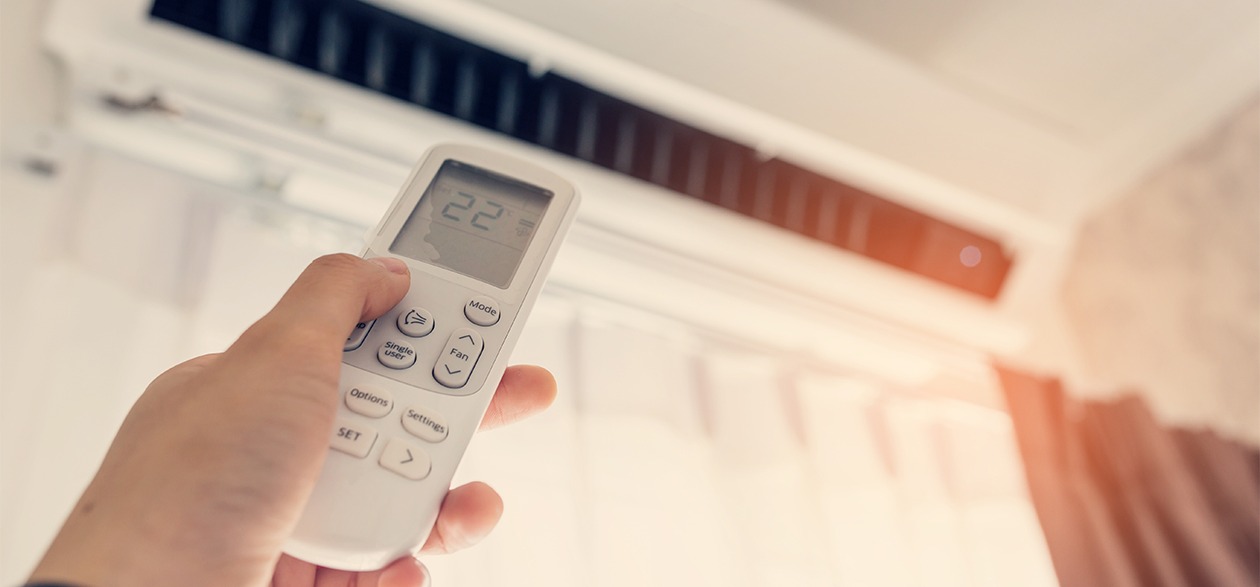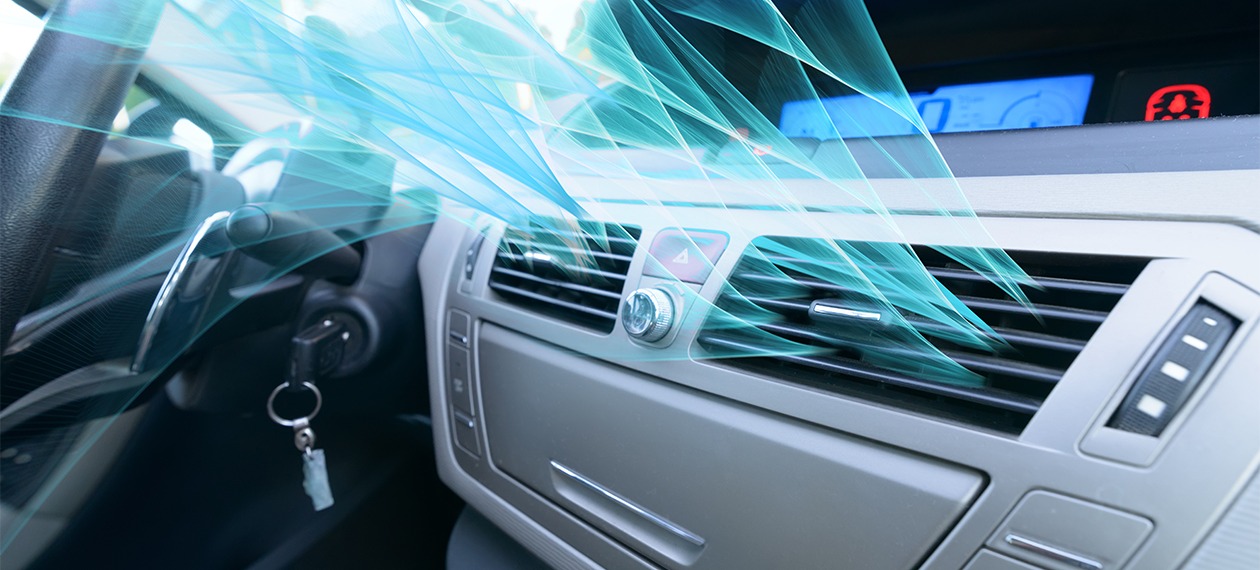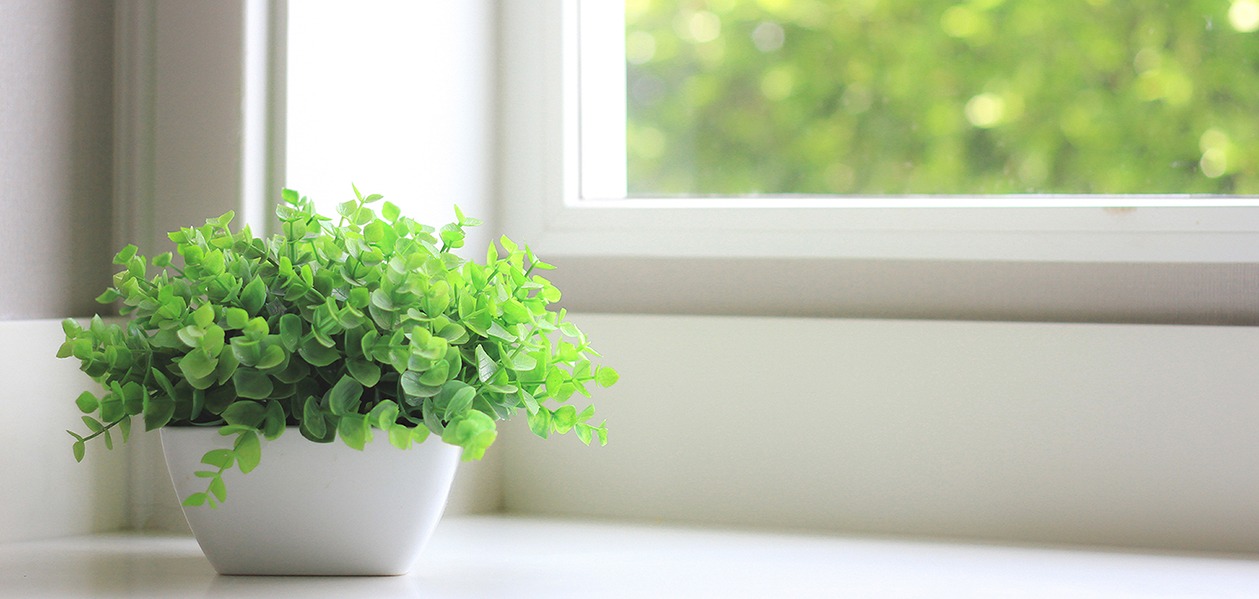Every aspect of daily life inevitably leaves an impact on the environment: heating or cooling our indoor spaces, throwing out the trash or running the dishwasher all consume energy. But what if the built environment itself—with the help of smarter design—could help mitigate your negative impact on the planet? This is the dream of green buildings.
As the world continues to experience extreme weather disturbances due to climate change, green buildings have become a must for cities that wish to continue urban development in an ethical and sustainable manner. Singapore, which has made green buildings mandatory since 2008, has been hailed as a model of green building in Asia, harnessing the newest technologies to expand its green footprint.
Nonetheless, Singapore faces a significant challenge in its journey to sustainability: as an island on the equator, building cooling costs are considerable. Thankfully, energy-saving innovations in heating, ventilation and air conditioning (HVAC) systems, cooling and air purification are solutions the island city is adopting to overcome that challenge.

Controlling indoor air quality at the click of a button
Globally, buildings account for nearly 20% of energy emissions, higher than the emissions produced by livestock and crop cultivation. A way to lower this number is through efficient HVAC systems that can quickly respond to changes without sacrificing the comfort of a building’s inhabitants.
To help bring HVAC systems up to speed with the fourth industrial revolution, a technology provider has developed a scalable, flexible and cost-efficient way to save energy, especially in large buildings that have more than 500 zones. The system does this through a patented token-based HVAC scheduling strategy coupled with Internet of Things (IoT) sensors. The IoT infrastructure allows the system to gather real-time data and respond to changes in the building, such as levels of carbon dioxide emitted by occupants.
The technology features a highly flexible plug-and-play implementation, which means it can be applied to a building without the need for major retrofitting of existing HVAC controllers and data acquisition systems. Old buildings can use the technology to upgrade older HVAC systems, allowing a building owner to remotely monitor the HVAC status via a mobile interface. On the other hand, new buildings can benefit from this technology as it can complement other more costly energy-saving technologies.
_1260x600.jpg)
Keeping cool without water
As the world becomes more and more connected, we often forget that the internet has a physical component existing in the real world. Data centres and telecommunication sites are crucial infrastructures in the digital landscape — but they are also energy-intensive buildings, estimated to account for about 1% of worldwide electricity use. Cooling systems contribute the greatest share of this electricity use, as these sites need to be cooled around the clock between 24-28°C.
Existing methods typically use water for cooling, changing the temperature of the water to store energy. However, this is an inefficient process, as water has a low specific heat capacity. Instead, a technology provider has developed a cooling technology using phase-change materials (PCMs) which store thermal energy through melting and solidification. These PCMs allow for more concentrated storage of thermal energy as the energy required to change their state (latent heat energy) is much higher than what is required to raise its temperature (specific heat).
For data centres and telecommunication sites, this technology can increase energy efficiency by up to 40% and reduce storage size by 60%, as compared to water storage solutions. The technology has been proven with a working pilot to provide cooling at a telecommunications site in Hungary, which achieved 54% energy savings with four years’ worth of return on investment.

Utilising odourless microorganisms for air purification
Keeping the indoor environment cool is one challenge, but keeping it clean on top of that adds another layer of complexity. HVAC systems can harbour odour-causing bacteria or mould, which could also cause diseases. While anti-bacterial and anti-odour solutions are available, they may not act on all species of microorganisms currently sitting on the evaporator core of your air conditioner.
A technology provider has thus developed an eco-friendly air purification technology which uses odourless microorganisms to fight odour-causing microorganisms. The provider screened various species and strains of odourless microorganisms, and confirmed that when a biofilm is formed using a combination of microorganisms from the Methylobacterium species, it can fight the growth of odour-causing microorganisms. It thereby reduces offensive odours and in turn, enhances indoor air quality.
The odourless bacteria biofilm lasts for up to a year and can be applied through spray coating. This can be applied to HVAC systems in both residential and commercial buildings, as well as in automobiles, on filters and in wastewater treatment units.

